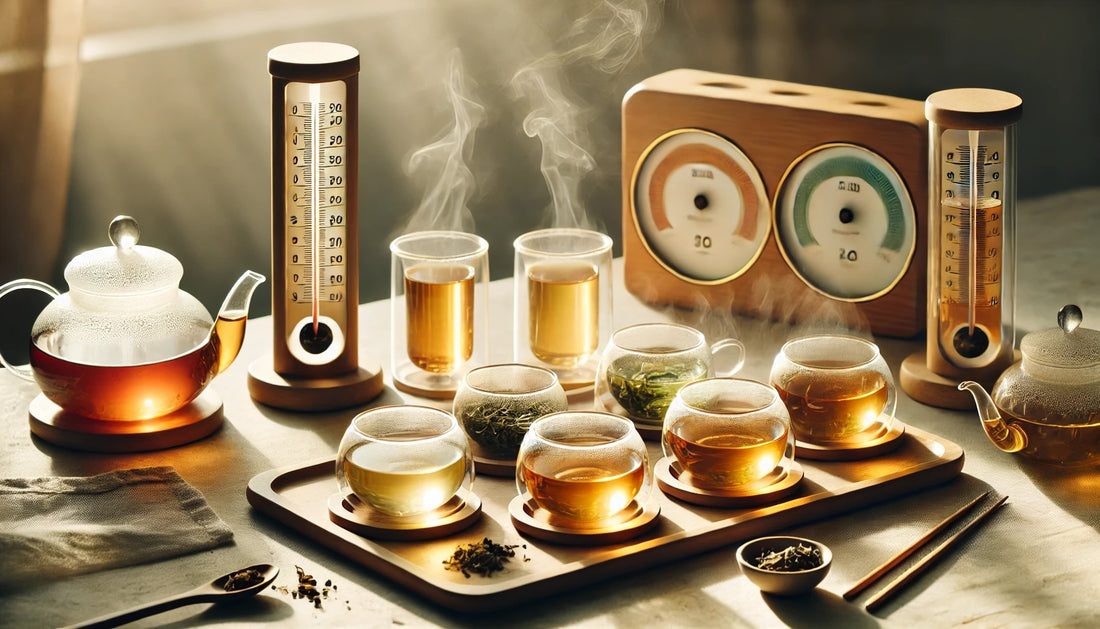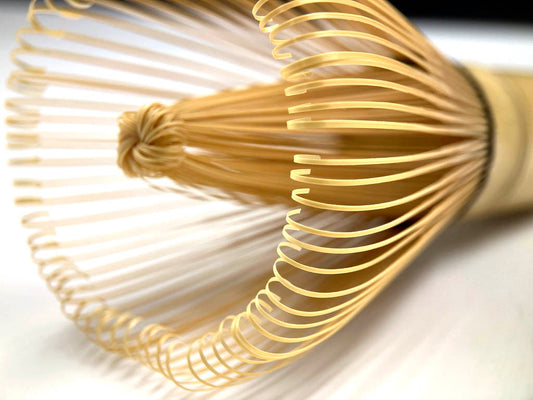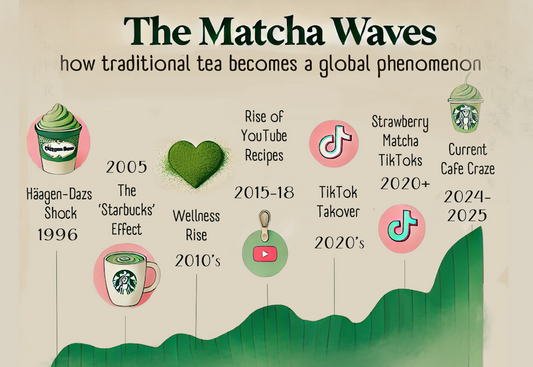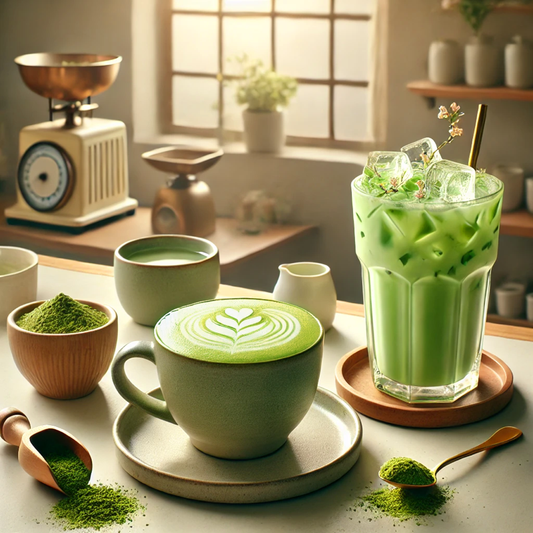
Water Temperature - Is hot always best?
Steeping tea may seem like a simple process, but it’s one of those subtle arts that can transform your cup from ordinary to extraordinary. The beauty of tea is that there aren’t any strict rules to follow—steeping is really a matter of personal taste. However, there are some guidelines that can help you make the most out of your tea, especially when it comes to water temperature.
Understanding the Role of Water Temperature
Different teas respond better to different water temperatures. For example, delicate Japanese green teas prefer cooler water. Using boiling water on these fragile leaves can result in a bitter, over-extracted brew, masking the tea’s subtle sweetness and grassy notes. In contrast, more complex teas like high-grown Nepalese or Darjeeling teas tend to reveal their full spectrum of flavours with hotter water. The heat helps unlock the intricate layers of flavour, giving you a more satisfying, full-bodied cup.
So while you don’t have to stick to any hard and fast rules, you might find that adjusting your water temperature can dramatically change the taste of your tea. I encourage you to experiment with different temperatures for your favourite teas—whether it’s green, black, oolong, or even herbal—to see how each change enhances the flavour.
A Tip for Flavoured Teas
Personally, I like to (gently) recommend using water just below boiling for flavoured teas. Why? Because flavoured teas, especially those that use a black tea base, often don’t require the same precision as single-origin, high-quality teas. Most flavoured teas are made with a base of broken-leaf black tea, which isn’t particularly complex. The flavour coating on the leaves tends to release quickly, even at lower temperatures.
When you use water just below boiling, you can extract the sweetness and essence of the tea without drawing out too much of the tannins in the tea leaves. Tannins are the compounds that can make tea taste bitter or astringent. Hotter water tends to release more of these, especially with longer steeping times. By lowering the water temperature, you slow the release of tannins, resulting in a smoother, less astringent brew. Since the added flavouring is already contributing to the overall taste, the tea comes out sweeter and more balanced.
Avoid Over-Steeping: A Common Tea-Maker’s Dilemma
Another reason to use slightly cooler water for flavoured teas? Many of us, myself included, have forgotten about our tea while it’s steeping. Life gets busy, and before you know it, your tea has been steeping for far longer than intended. When this happens with water that’s near boiling, you’re more likely to end up with a bitter, over-extracted brew. Using cooler water helps mitigate this risk because it takes longer for the tea to over-steep, giving you a more forgiving window of time before your tea becomes too astringent.
But What If You Like Astringency?
If you’re one of those people who enjoys the strong, tannic flavour of black tea, then by all means, go for hotter water. The beauty of steeping tea is that you can customize it to your personal taste. Higher water temperatures release more compounds from the leaves more quickly, so you can reduce your steeping time and still get a robust, full-bodied tea. As a general rule, the hotter the water, the shorter the steeping time—and vice versa. This is the principle behind cold brewing or sun tea, where the cooler water extracts flavours slowly over a longer period.
Don’t Trust Your Kettle Too Much
Many electric kettles come with preset temperatures for different types of tea, but these can sometimes be too generalized. Just because a kettle says it’s ideal for “green tea” or “black tea” doesn’t mean that setting is best for every type within those broad categories. Focus more on the actual temperature rather than the label. For example, a green tea from China might handle slightly hotter water than a Japanese green tea, even though both fall under the “green tea” category. It’s always best to experiment and see what works best for your particular tea.
Fresh Water Makes a Difference
Finally, let’s talk about the water itself. Fresh, cool water is always the best choice for brewing tea. If you boil water multiple times, it loses oxygen, which can make the water taste flat and dull, ultimately affecting the flavour of your tea. Whenever possible, start with fresh, cold water and avoid over-boiling. If you accidentally let your kettle boil too long, it’s better to start over than to use water that’s been overheated.
If you’re heating your water manually or using a stovetop kettle, try to stop the boiling process as soon as the water reaches your desired temperature. This ensures the water retains its freshness and oxygen, allowing your tea to fully express its flavours.
The Art of Tea: It’s All About Experimentation
At the end of the day, there’s no one-size-fits-all method for making the perfect cup of tea. The most important thing is to experiment and find what works best for you. Whether you’re a fan of strong, tannic brews or prefer something lighter and more delicate, the right water temperature can make a significant difference in your tea-drinking experience.
So, next time you brew your favourite tea, try playing with the temperature and see how it affects the taste. You might just discover a new way to enjoy your daily cup!
By following these tips, you’ll be well on your way to brewing a more flavourful, enjoyable tea. Happy steeping!



